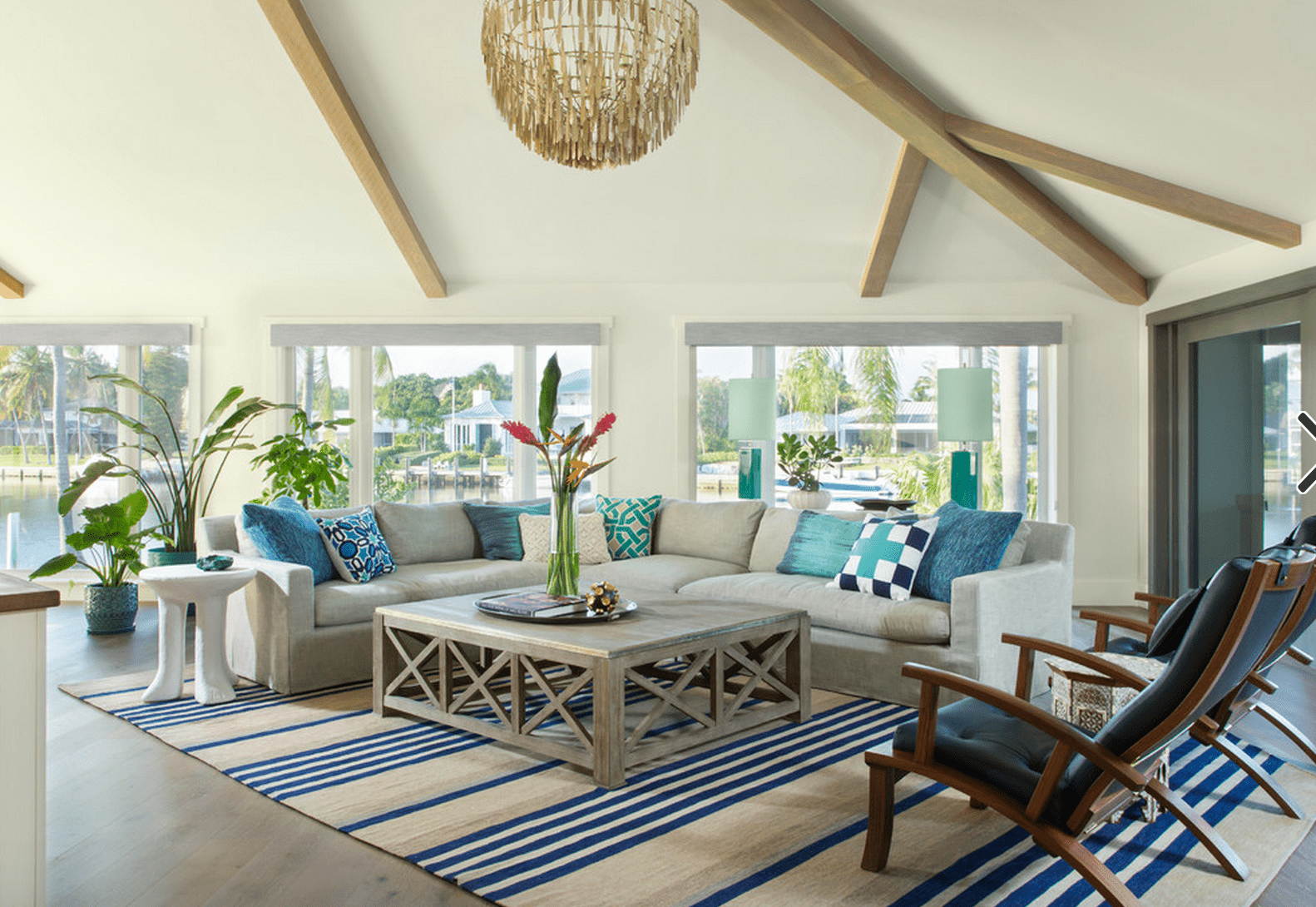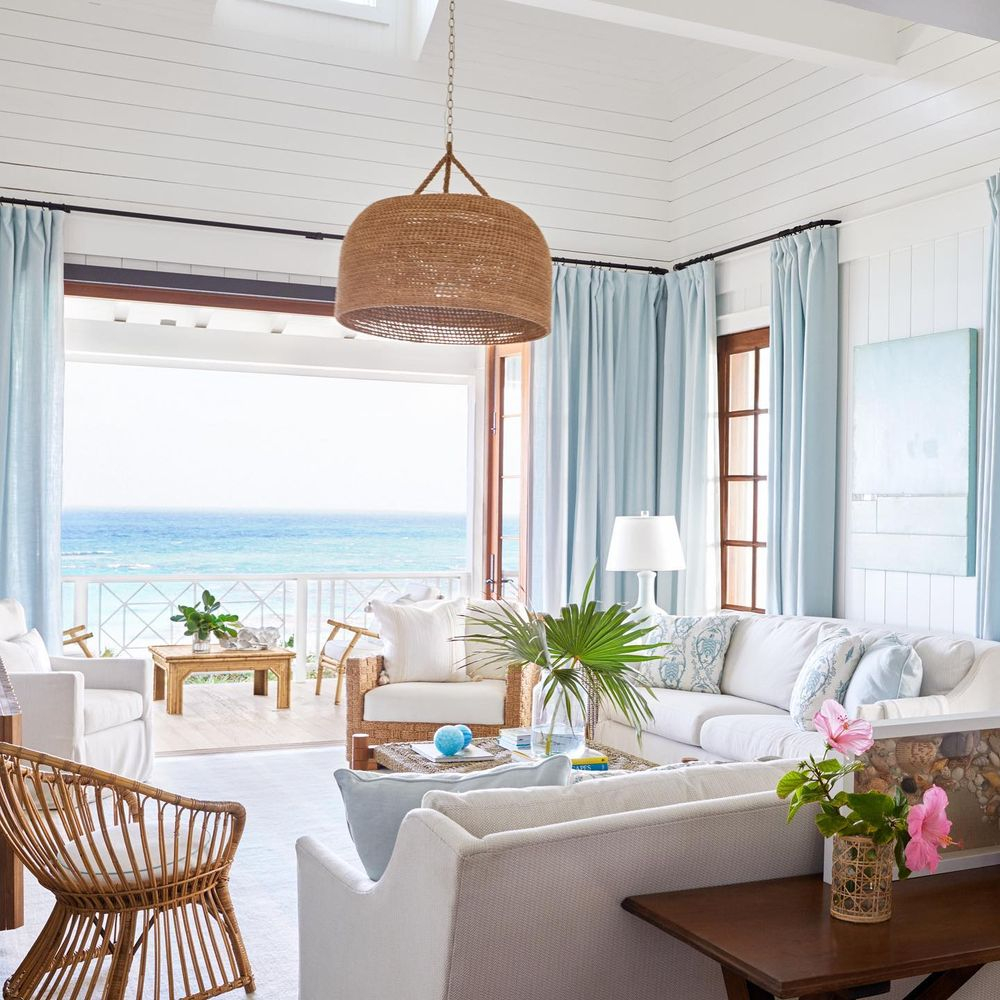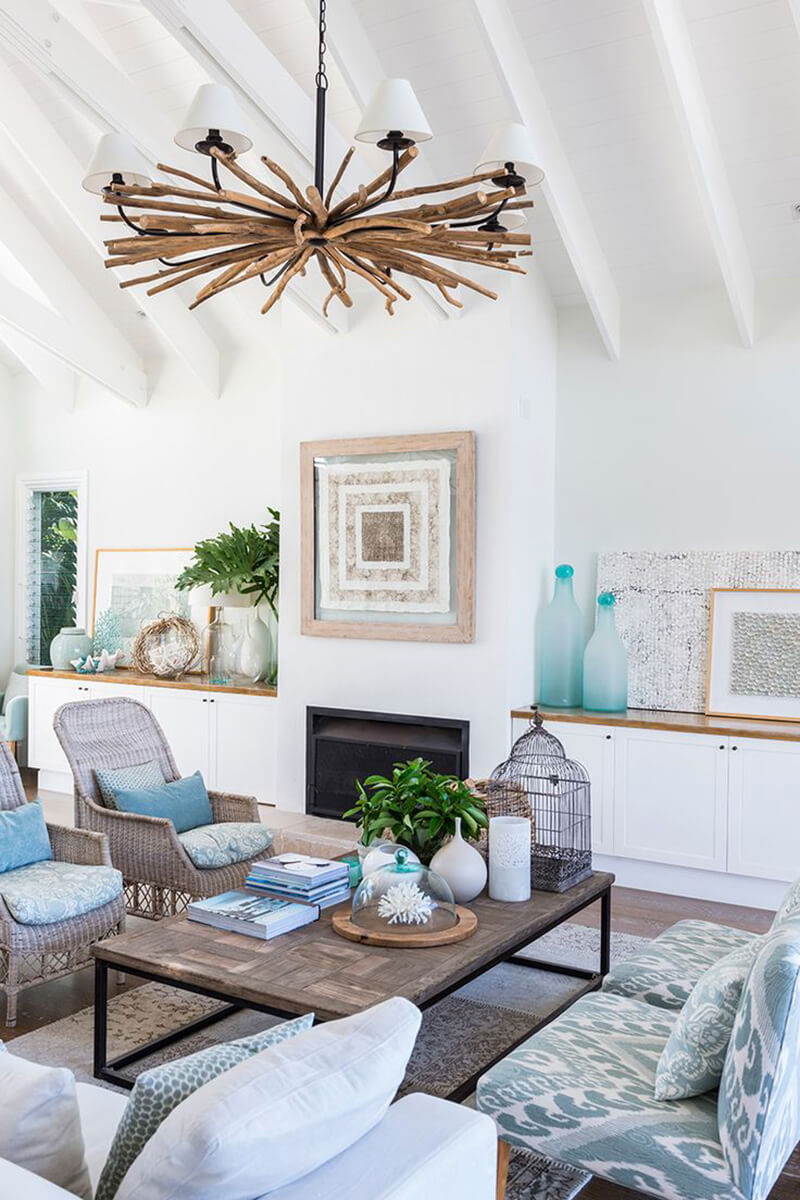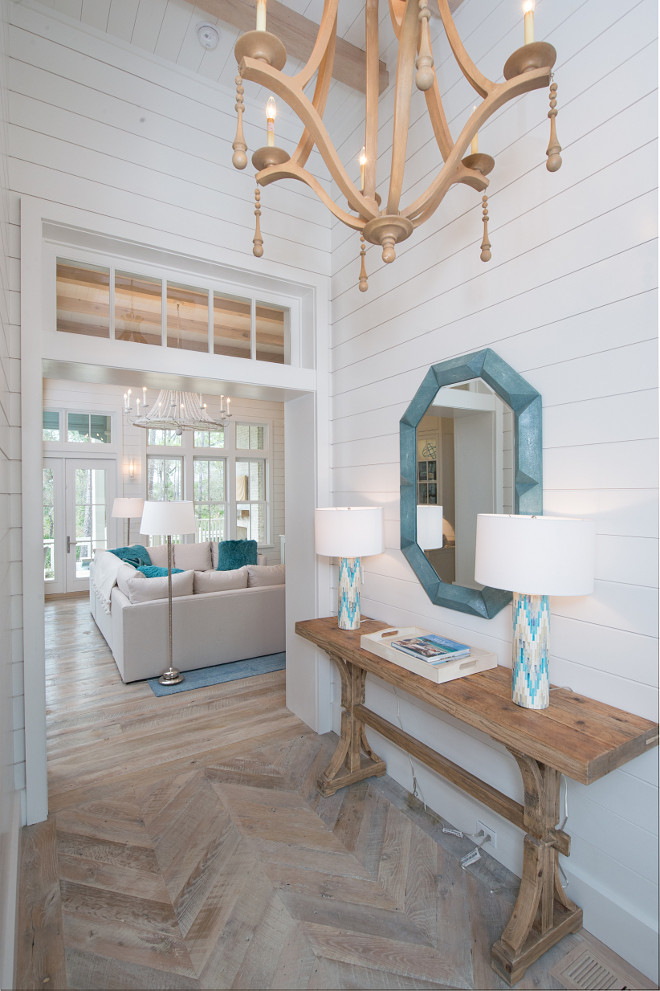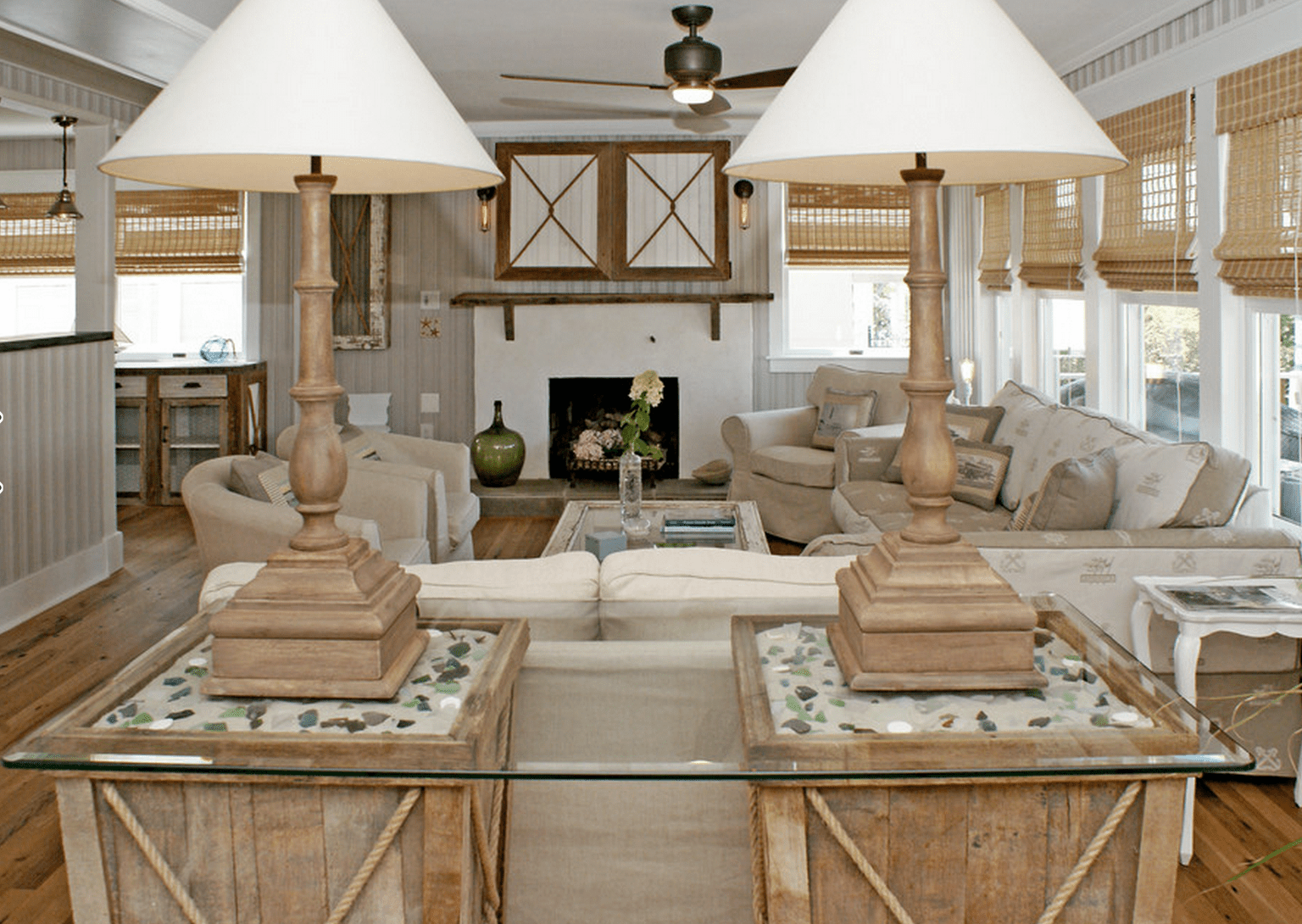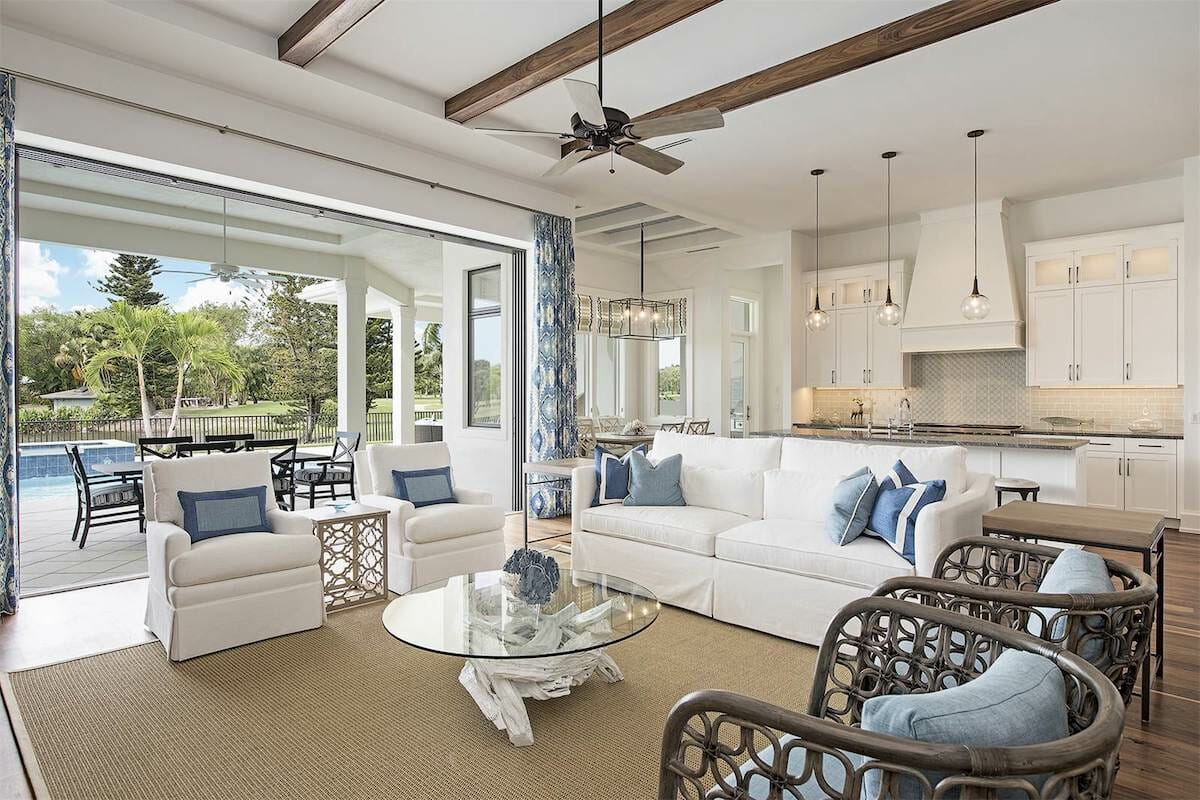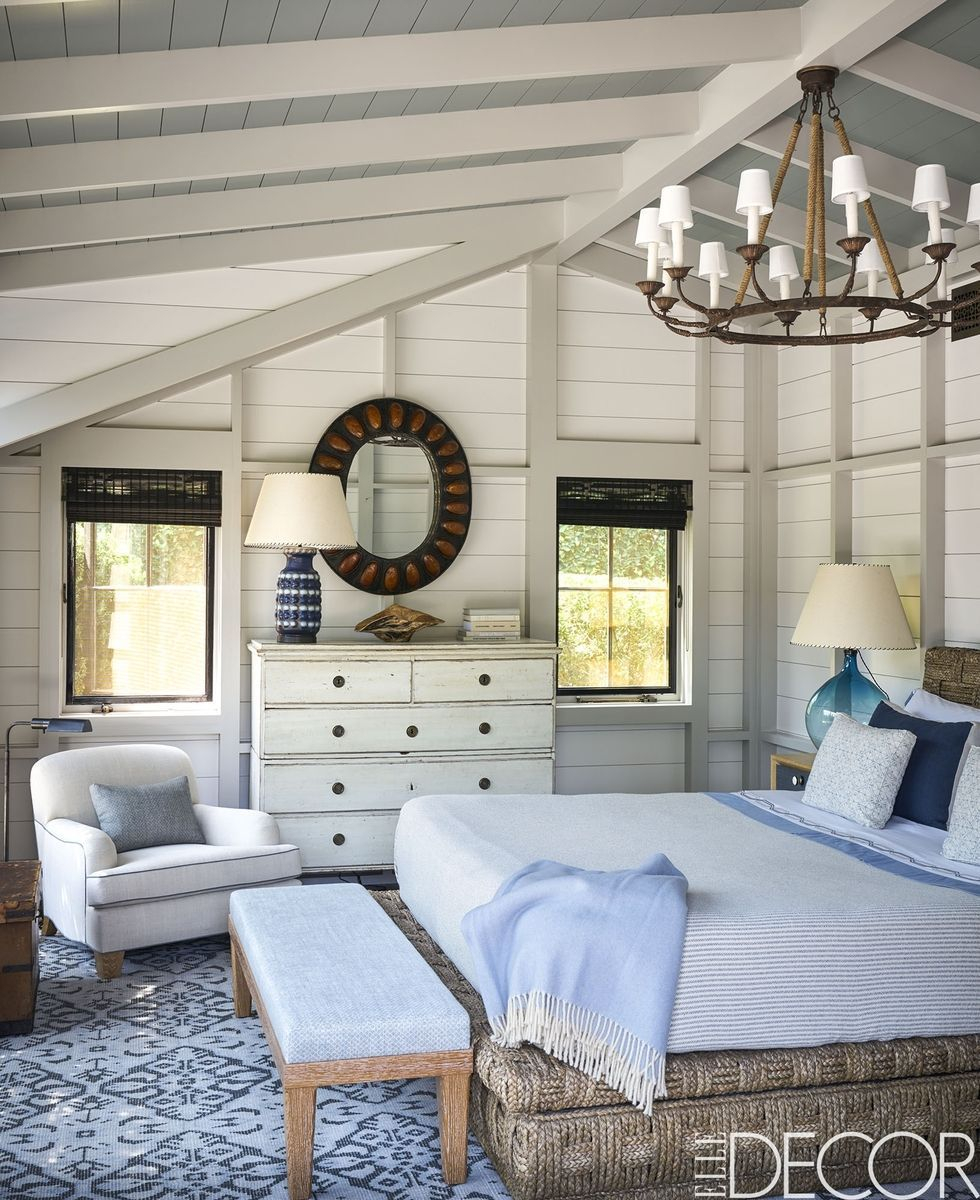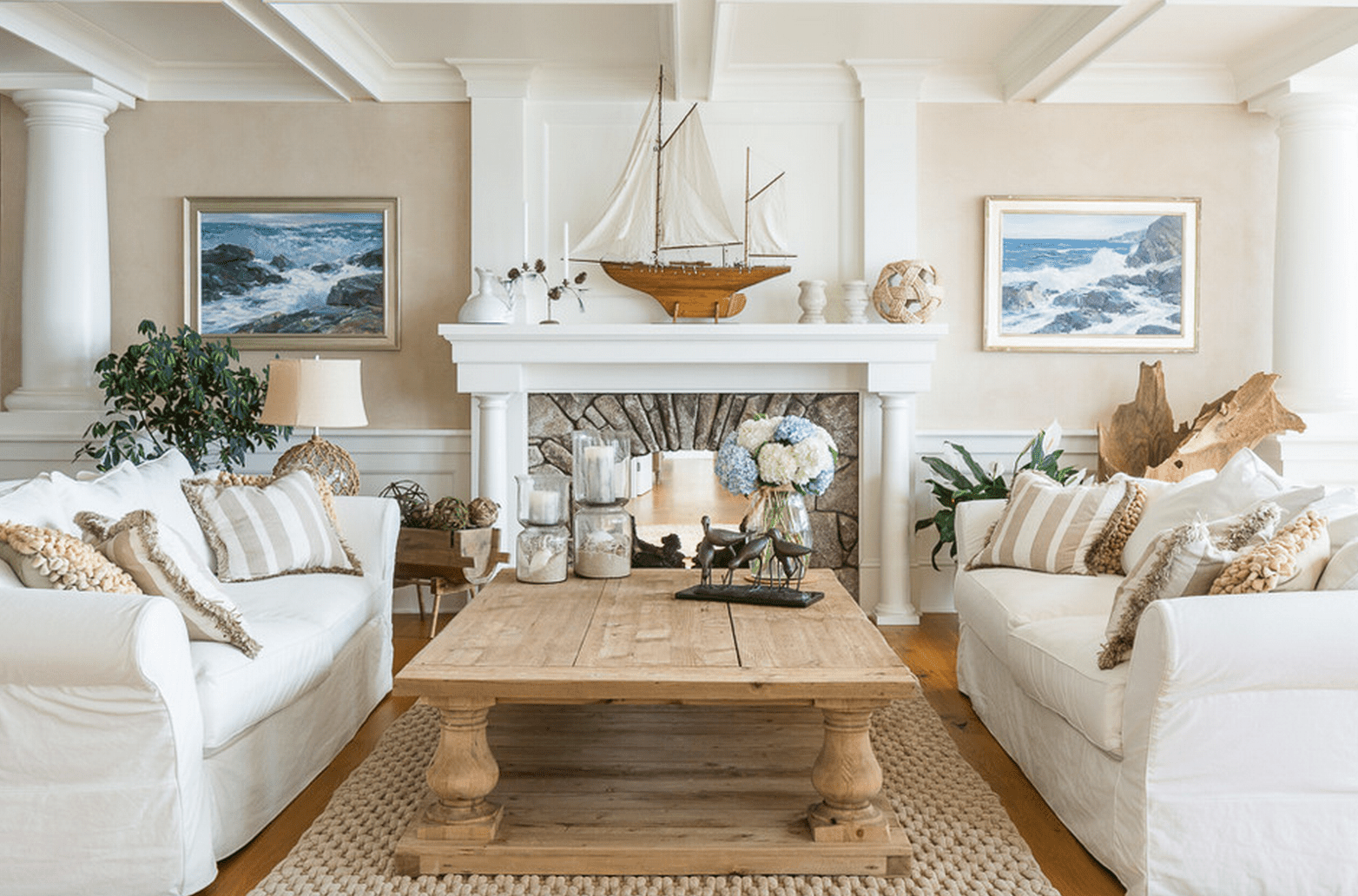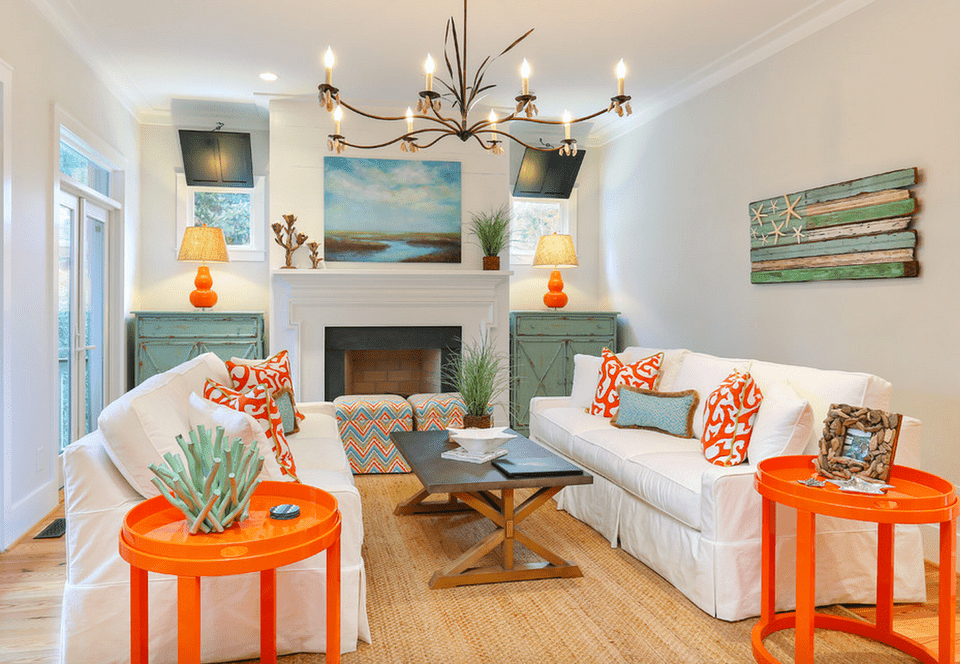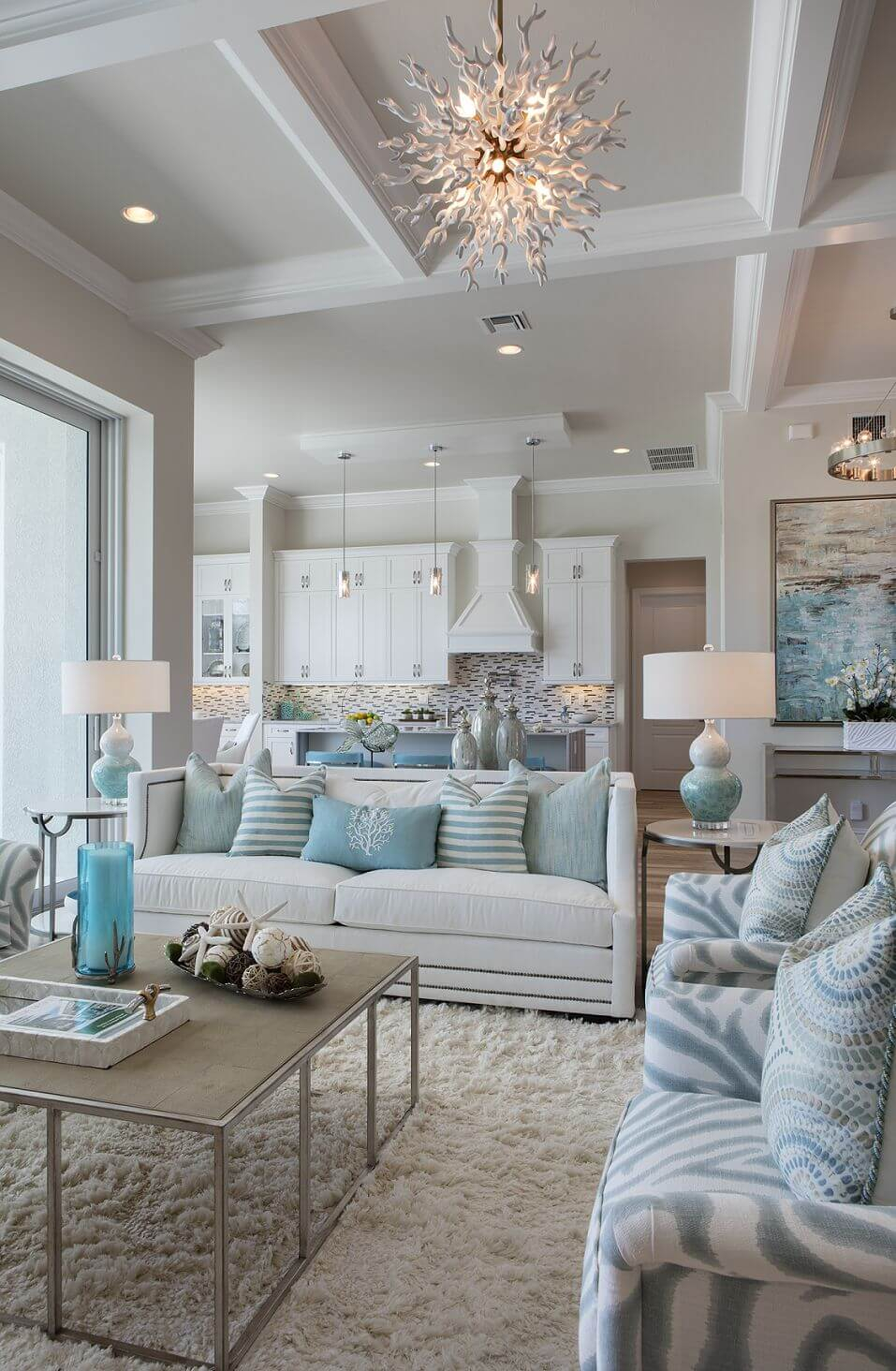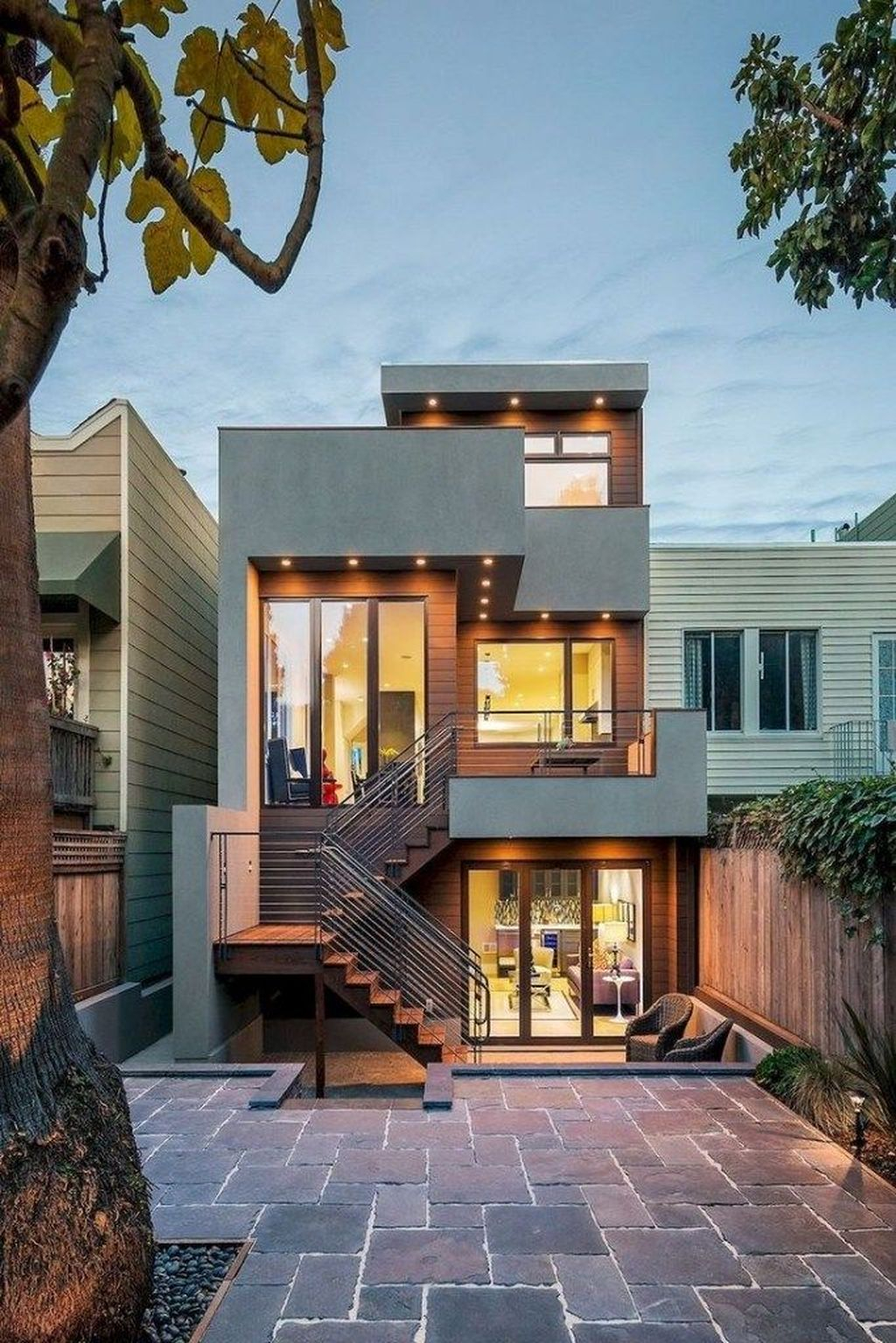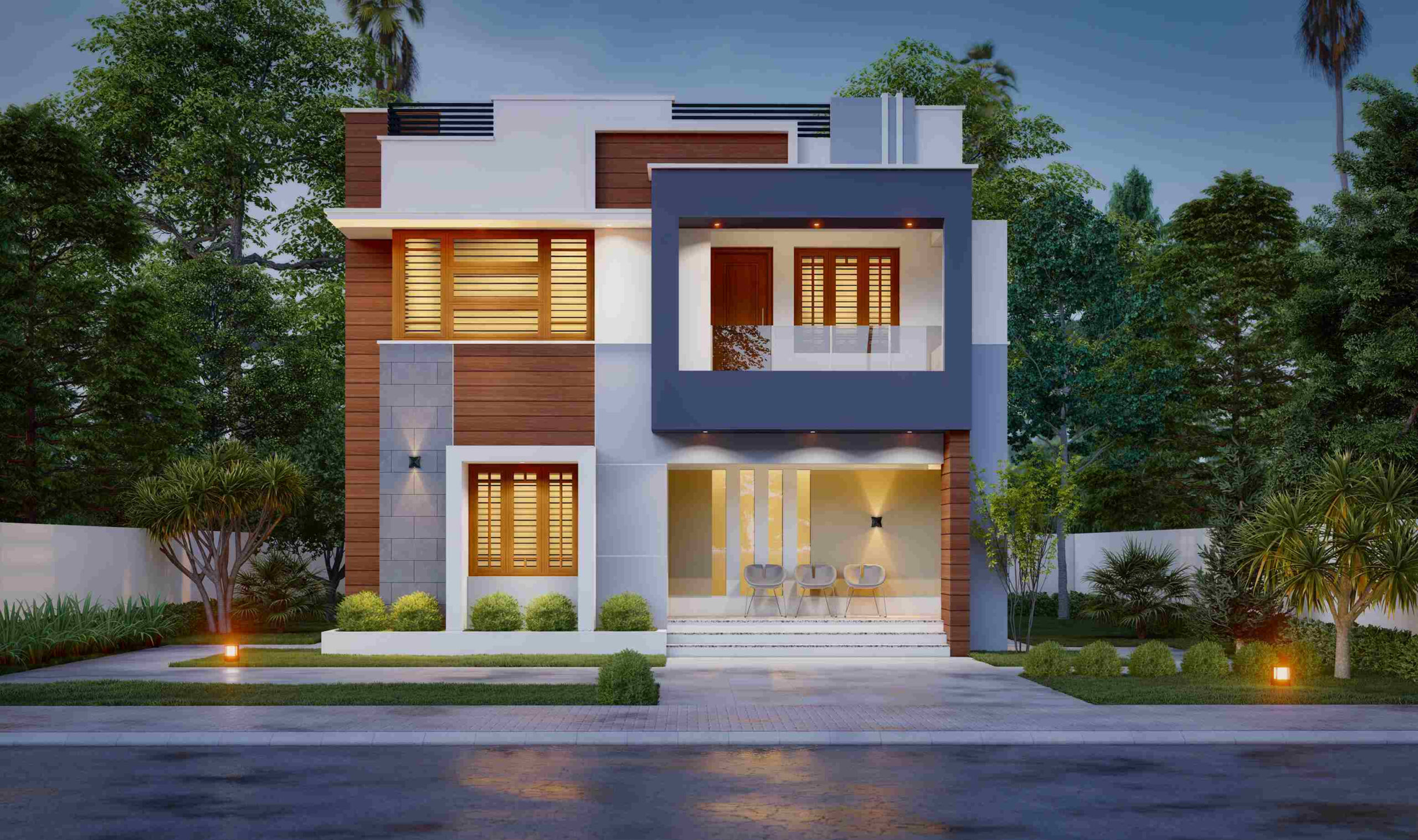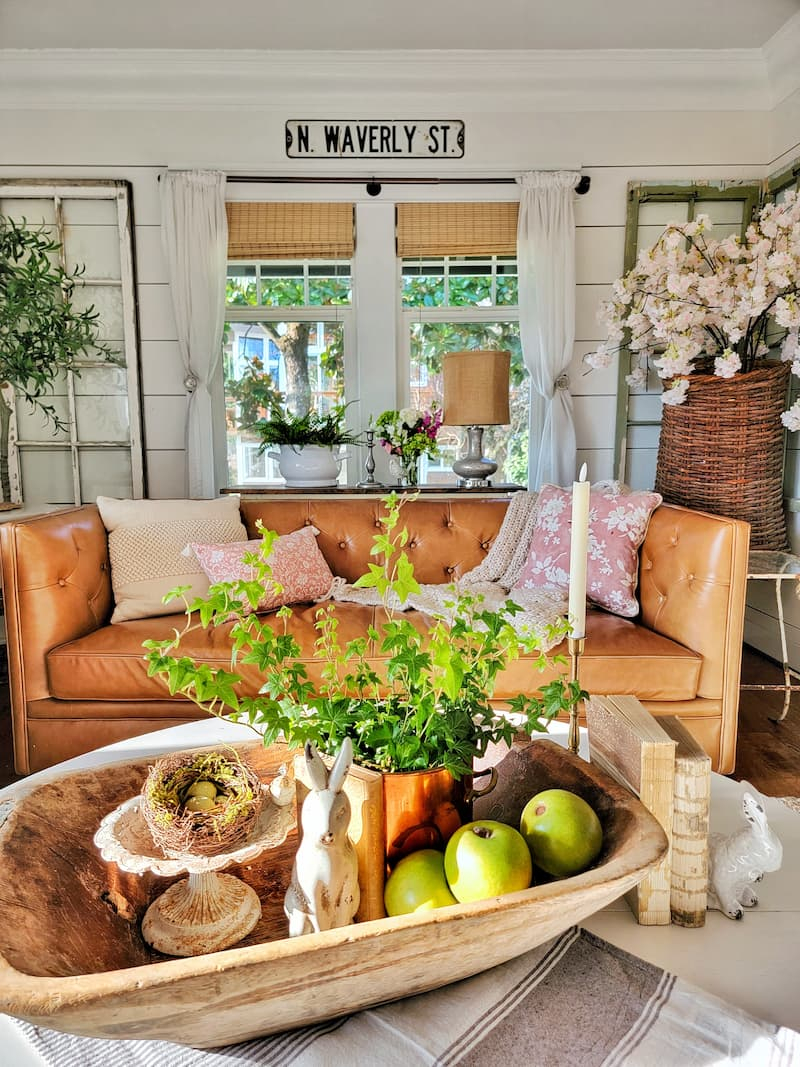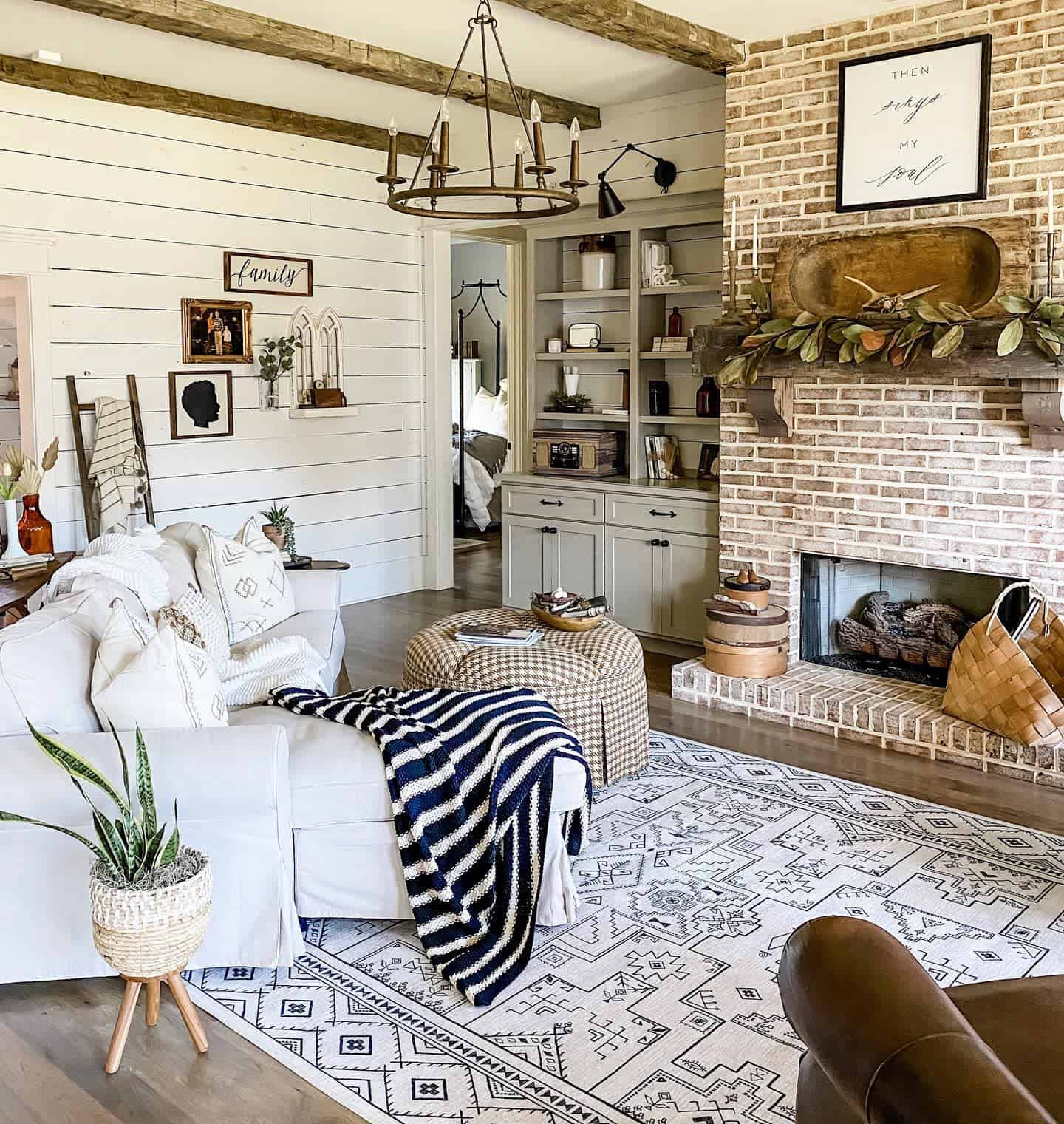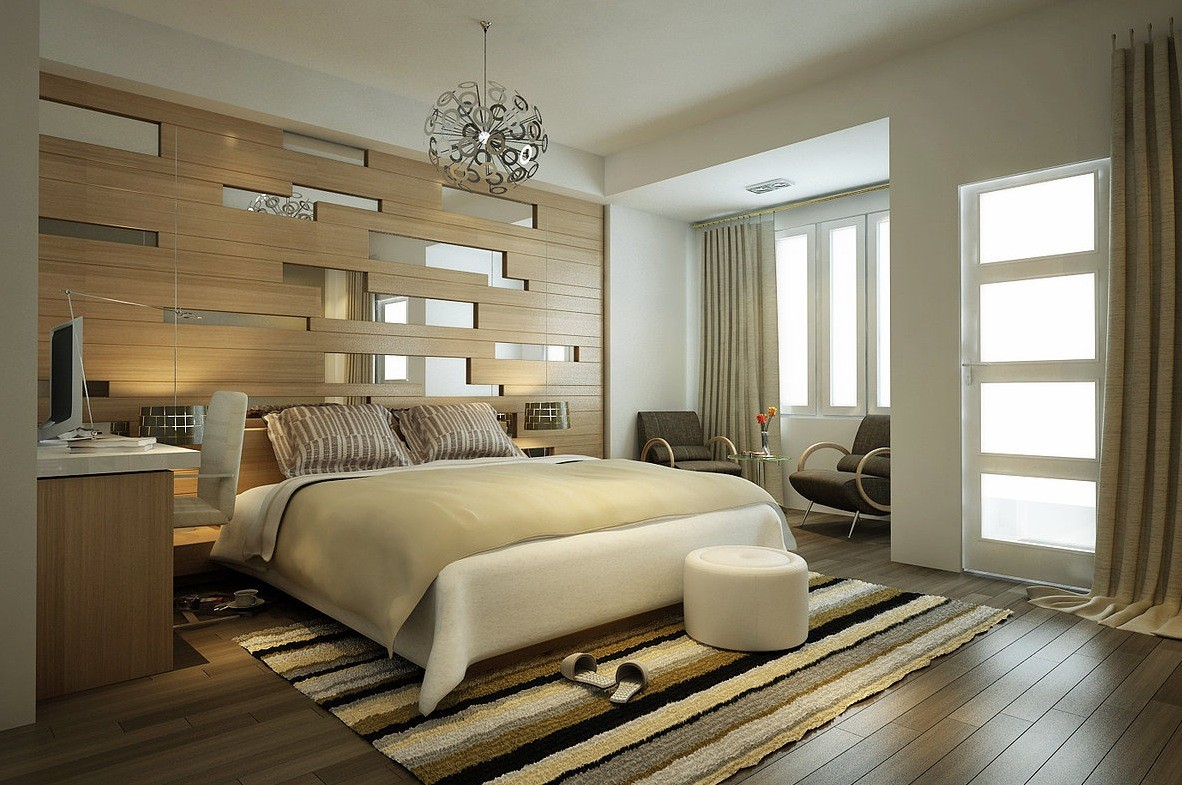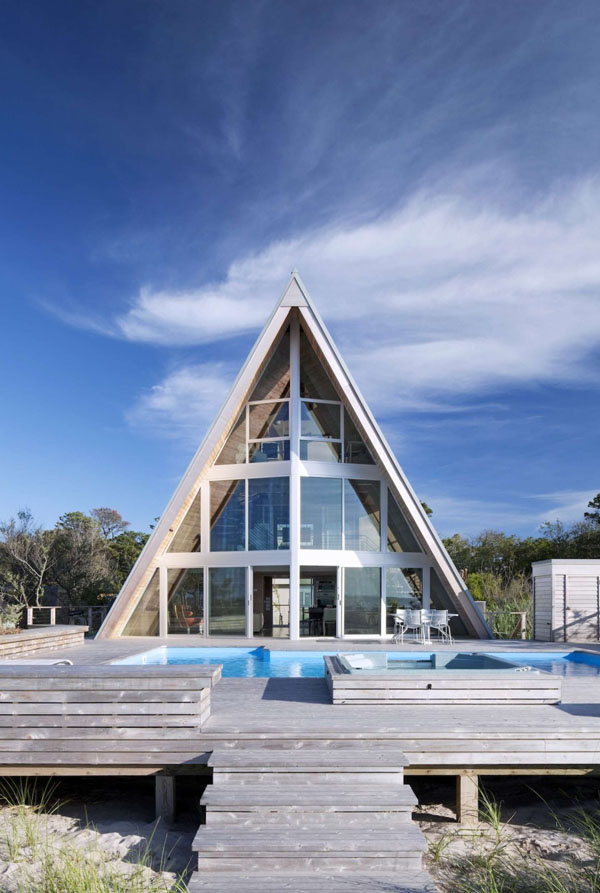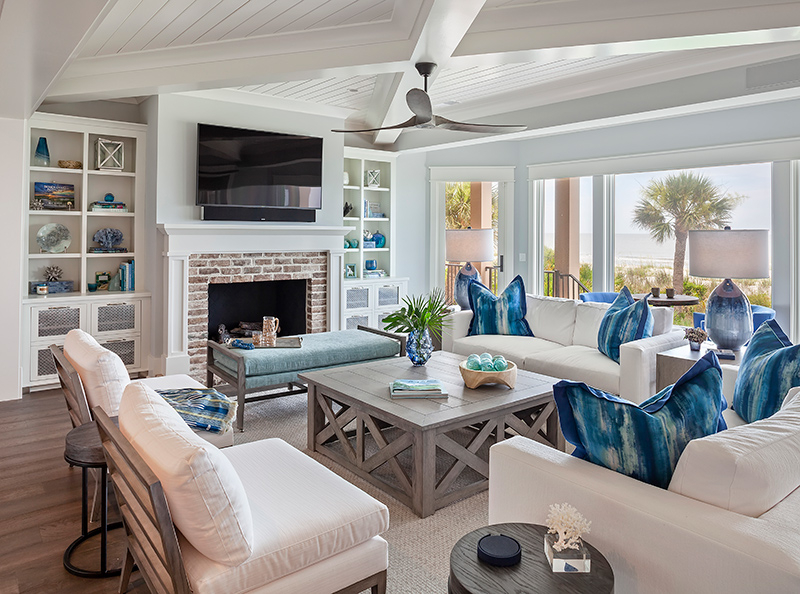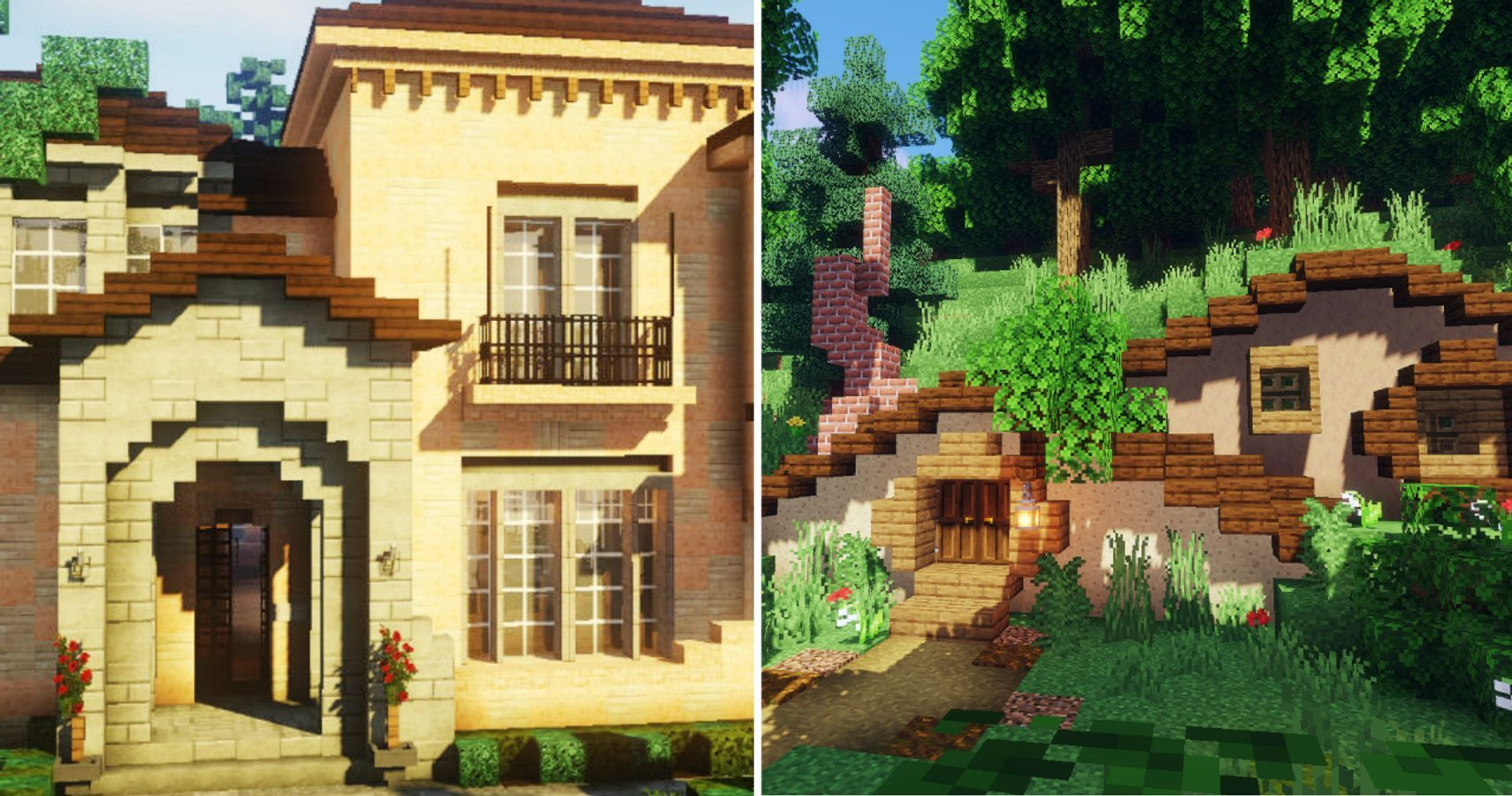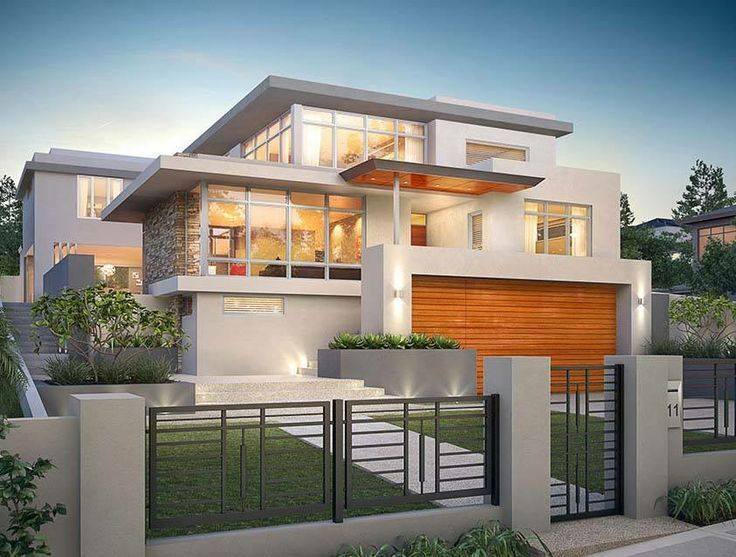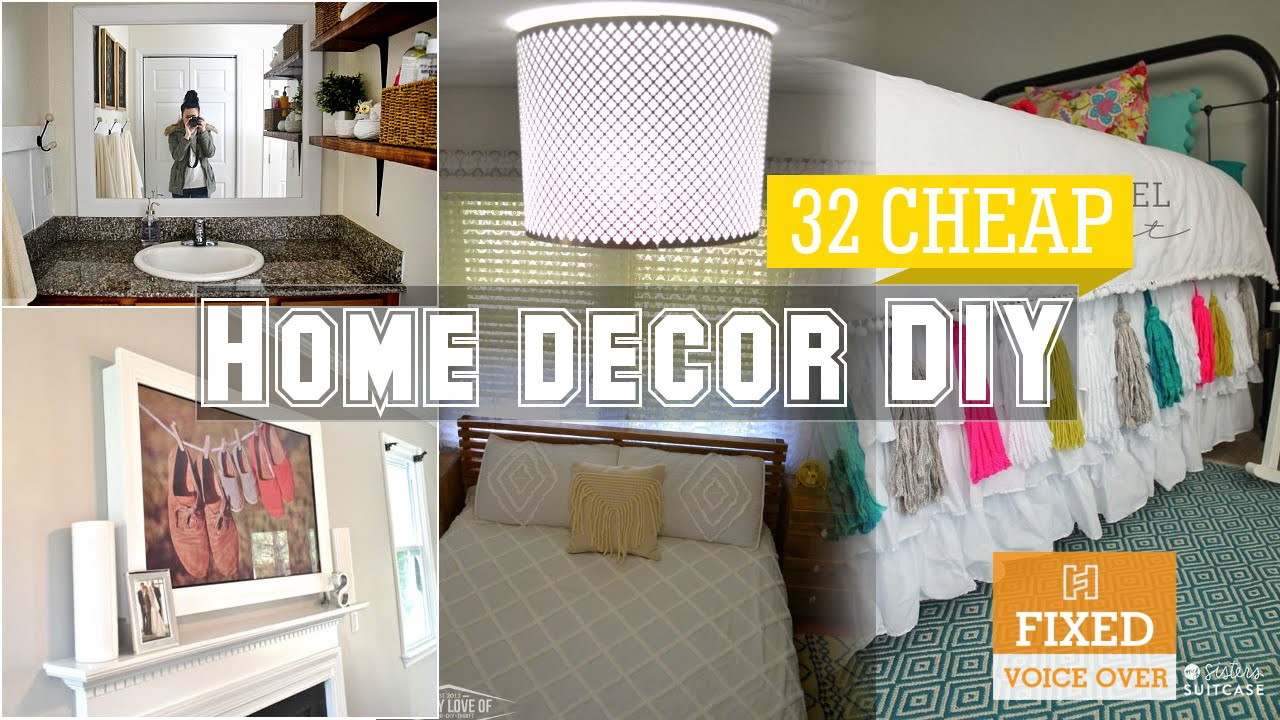Ever dreamt of waking up to the sound of waves, with sunlight streaming through your windows and the scent of salt in the air? Designing a beach house isn’t just about building a structure; it’s about creating a lifestyle, a sanctuary that embraces the unique beauty and tranquility of the coast. Let’s dive into how you can turn that dream into a tangible reality.
There’s something undeniably special about a beach house. It’s more than just a vacation spot; it’s a place where memories are made, where relaxation is paramount, and where the natural world takes center stage. But how do you go about designing a home that not only withstands the elements but also captures that quintessential coastal charm? It’s a blend of practical considerations and a touch of seaside magic.
Embracing the Elements: Materials Matter
When building by the sea, the materials you choose are crucial. You need things that can handle salt spray, strong winds, and plenty of sunshine without falling apart. Think durable and low-maintenance. Wood is classic, of course, but consider treated lumber like cedar or redwood, which are naturally resistant to rot and insects. Fiber cement siding is another fantastic option – it looks like wood but holds up incredibly well to coastal conditions and is fire-resistant. For roofing, metal roofs are a superb choice; they’re tough, long-lasting, and can even reflect heat, keeping your home cooler. And don’t forget about the windows! High-impact glass is a must for protection against storms, and you’ll want frames that are resistant to corrosion, like vinyl or fiberglass. Choosing the right stuff from the start saves you a lot of headaches and money down the road.
Layouts for Light and Air
The layout of your beach house should maximize natural light and airflow. Picture this: large windows and sliding glass doors that invite the outdoors in. Open-concept living areas are popular for a reason – they make the space feel bigger and brighter, and they’re perfect for entertaining or just enjoying the view. Consider orienting your main living spaces and bedrooms towards the water. Elevated foundations, often called pilings, are common in coastal areas. They not only protect against flooding but also offer fantastic panoramic views and allow for breezes to flow underneath, helping to cool the home. Think about creating seamless transitions between indoor and outdoor living, with spacious decks and screened porches – ideal for enjoying those balmy evenings without the bugs.
Color Palettes Inspired by the Sea
The colors you use can truly define the feel of your beach house. Think about the natural hues of the coast: soft blues, sandy beiges, crisp whites, and the gentle greens of sea grass. These colors create a calming and serene atmosphere. You can use these shades on your walls, in your furnishings, and even in your exterior paint. A classic white or light blue exterior with natural wood accents is timeless. Inside, pale blues and greens can mimic the ocean and sky, while sandy tones bring warmth. Don’t be afraid to add pops of brighter colors, like coral or sunny yellow, to inject some personality and fun. It’s all about creating a space that feels like a breath of fresh sea air.
Designing for Durability and Comfort
Beyond aesthetics, functionality is key. Beach houses need to be built to last. This means thinking about how the house will perform during a storm. Features like hurricane shutters or impact-resistant windows are not just good ideas; they can be essential. Inside, consider flooring that can handle sand and moisture. Tile, stone, or durable, waterproof LVP (luxury vinyl plank) are excellent choices. Furniture should be comfortable and stylish, but also able to withstand a bit of wear and tear. Look for pieces made from materials like rattan, wicker, or outdoor-grade fabrics that are easy to clean and resist fading. Even small details, like ensuring good ventilation to prevent moisture buildup, contribute to the long-term comfort and integrity of your home.
Bringing the Outdoors In: Views and Verandas
One of the biggest draws of a beach house is the connection to the natural environment. Your design should amplify this. Maximize your views with strategically placed windows and doors. Large picture windows in living areas and master bedrooms can frame the ocean like a living piece of art. Decks, balconies, and patios are essential extensions of your living space. Think about creating different zones for relaxation, dining, and entertaining. A covered porch offers shade and shelter from the elements, while an open deck is perfect for sunbathing or stargazing. Screened porches are a game-changer, allowing you to enjoy the sea breeze without the annoyance of insects. These outdoor living areas are where much of the coastal living magic happens.
Adding That Coastal Charm: The Finishing Touches
What truly makes a beach house feel like your beach house are the details. Think about incorporating natural textures like driftwood, shells, and natural fibers in your decor. Nautical elements can be fun, but use them thoughtfully – a subtle nod is often more effective than an overwhelming theme. Consider artwork that reflects the sea, or perhaps a collection of beach finds. Lighting plays a big role too; think about warm, ambient lighting that creates a cozy atmosphere in the evenings. Ceiling fans are a must for circulating air. And don’t forget landscaping! Native, salt-tolerant plants can add beauty and help stabilize the dunes, while also being low-maintenance. It’s these thoughtful touches that transform a house into a home.
Designing a beach house is an exciting endeavor, a chance to create a personal retreat that’s deeply connected to the beauty of the coast. By carefully considering materials, layouts, colors, and those special finishing touches, you can build a home that’s not only stunning and comfortable but also a true reflection of your coastal dream. So, take a deep breath of that salty air, and start planning your perfect seaside escape. The process is rewarding, and the result? Pure bliss.

